|
By Matt S., County Extension Director and Horticulture Agent, Pitt County Hydrangeas are one of the most popular southern landscape plants, and with good reason. Their large colorful flower heads are impossible to ignore, and the subtle changes in color at different stages in their long bloom period are a trait that very few plants offer. When most gardeners think of hydrangeas, it is the mophead type, Hydrangea macrophylla, that generally comes to mind. While the mopheads are excellent plants, my favorite has always been the Oakleaf hydrangea, a southeastern U.S. native.
Of course, it wouldn’t be a hydrangea without a large, impactful bloom. Oakleaf Hydrangeas generally start blooming in late May or early June. Flowers are white and the individual blossoms form large panicles that are more conical than rounded. Flower clusters can reach as long as 12 inches and are 3 to 4 inches wide. Petals will gradually fade to a rosy pink color during the summer, before finishing almost tan in fall. Their flowers may have a light fragrance, though it is not overwhelming. Many gardeners like to use the flowers for drying, as they hold up well after cutting. To me though, what really sets the Oakleaf Hydrangea apart from its relatives is the amazing fall color it generates in October and November. As temperatures cool and days shorten, the leaves change from their usual dark green to an almost purplish-red. In the early stages of this change, the veins on each leaf will often stay green for several days after the rest of the leaf has turned color, which makes a unique sort of variegated look not typically seen among plants in fall. In many landscapes, Oakleaf Hydrangea is the most eye-catching plant during late fall. Oakleaf Hydrangea is a native plant that performs fantastically in our area. Unlike Hydrangea macrophylla, which is typically one of the first plants to droop during periods of dry weather, Oakleaf Hydrangeas are tolerant of a wide range of climate and soil conditions and free of any major insect and disease pests. Nurseries and plant propagators will report that Oakleaf Hydrangea can be a bit difficult to get started, but once it makes it into the ground at your home, it will almost certainly be problem free.
Most Oakleaf Hydrangea will grow to about 6-8 feet high and wide, though there are cultivars that are smaller. ‘Pee Wee’ is a popular dwarf cultivar, and ‘Little Honey’ is a semi-dwarf type with golden yellow foliage during the summer. Matthew Stevens is the County Extension Director and Horticulture Agent for North Carolina Cooperative Extension’s Pitt County Center. If you have questions about this article or gardening in general, please contact the Pitt County Extension Master Gardener Infoline at 252-902-1705.
0 Comments
By Matt. S. You can’t travel far in northeastern North Carolina without passing a home with muscadine grapes growing in the backyard. Many of those vines we see have been growing for decades and the care of them has been passed down from one family member to the next. Or, perhaps, been forgotten.
other assorted varieties of muscadines are harvested throughout North Carolina from August through early October.
grapes (again, Scuppernong is a variety of muscadine, not an entirely separate type, as some mistakenly believe). Both bronze and black muscadines make wonderful jams, jellies, pies, juices, and wines. Grapes produce fruit on new growth and therefore need to be pruned yearly to maintain regular fruit production. Grapes that have been unpruned for many years will gradually become less productive, as these vines will have less and less new growth each year. The exact style of pruning depends on how the grapes have been trained. The most efficient training method for fruit production is to grow the grapes on a trellis resembling a clothesline and shape the vine such that its trunk and two main branches for the shape of the letter T. Many side shoots will sprout from each of the two main branches, with some stretching to as long twelve feet in a given year. Each of those side shoots can be pruned back to about 3-4 inches. Late January through February is generally the best time to prune. The vine will appear nearly bare following pruning, but will quickly replenish when new growth starts in spring. You may see some sap drip or bleed from the freshly cut vines. A small amount of bleeding is normal and shouldn’t be much cause for worry, but the warmer the temperatures, the more bleeding you’ll see from each pruning cut. This is why pruning is best done in the dormant winter season before spring begins.
While regular pruning is needed to encourage the new growth that ultimately produces fruit, keep in mind that if vines have gone many years between trimmings, heavy pruning will sometimes cause a temporary setback in fruit production. If you can’t remember the last time your vines have been pruned, but they still produce a small amount of fruit each year, you may consider dividing the structure the vines are growing on into thirds and pruning one section each year, so that the vines can be rejuvenated without completely missing out on fruit for a year or two.
Matthew Stevens is the County Extension Director and Horticulture Agent for North Carolina Cooperative Extension’s Pitt County Center. If you have questions about this article or gardening in general, please contact the Pitt County Extension Master Gardener Infoline at 252-902-1705. By Matt Stevens, County Extension Director and Horticulture Agent, Pitt County In some ways, the plant world is no different from the worlds of music, fashion, and art. Things go in and out of style. Many plants that are common now weren’t often used in landscapes twenty or thirty years ago, while many that were more en vogue back then are rarely seen now. One such relic of landscapes past is the Mockorange (Philadelphus coronarius). In fact, it was already a bit of a relic 30 years ago when I started paying attention to plants.
you can enjoy its fragrance. Lastly, you’ll want that spot to also be somewhere that the Mockorange can hide amongst other plants after it has finished blooming and become less interesting. Mixed borders, where there are several different types of shrubs planted together, are good places to locate Mockorange. If placed on the back edge of such a border, you can walk along the back edge to enjoy the fragrance but view the border from the front during the remainder of the year. Though Mockorange is a bit of an old-time plant, a few newer hybrid cultivars have been introduced to the nursery trade. ‘Snow White Fantasy’ is a 5 foot-tall cultivar with double flowers. While double flowers are often less fragrant than single ones, ‘Snow White Fantasy’ has excellent fragrance. ‘Snowbelle’ is another double flowering variety with good fragrance that grows only to 3-4 feet tall. With their smaller size, either of these cultivars is a little easier to incorporate into the average landscape than is the standard mockorange. Additionally, ‘Icezam’ is a cultivar with white and green leaf variegation, and ‘Aureus’ has chartreuse-colored leaves. Their additional aesthetic characteristics and multi-season interest make ‘Icezam’ and ‘Aureus’ more appealing in modern landscapes than the standard Mockorange.
Matthew Stevens is the County Extension Director and Horticulture Agent for North Carolina Cooperative Extension’s Pitt County Center. If you have questions about this article or gardening in general, please contact the Pitt County Extension Master Gardener Infoline at 252-902-1705. By Matt Stevens, County Extension Director and Horticulture Agent, Pitt County The many benefits of using native plants in landscapes instead of non-natives are often touted by native plant enthusiasts. Many will tell you that natives are better adapted to our local climate and to our local soils, that they have fewer pest problems, and that they are less invasive. I don’t mean to sound skeptical, as I believe these claims are indeed true, provided the native plants are planted in the right locations (more on that in a minute), but one of the often overlooked reasons to plant natives is that many of them are simply really cool plants. I’ve always been drawn to plants that are just a little bit odd, and our native Euonymus americanus, aka Strawberry bush or Heart’s-a-bursting, is certainly one that fits that category.
of these, but will bear little immediate resemblance to any of them in most gardeners’ eyes. Though most of the other Euonymus species are rather densely foliated, Strawberry bush has an open, almost airy form, with relatively delicate leaves. Both leaves and stems are the same shade of kelly green, with only the oldest stems having a more traditional brown twig color. The leaves are deciduous and have a reddish fall color. Strawberry bush has tiny white flowers during May, though they are not overwhelmingly eye-catching.
name, Hearts-a-bursting, is a reference to the appearance of the fruit after it’s split open. The fruit aren’t as abundant on each bush as the berries on a holly or beautyberry bush, but they are the type of thing that you see and immediately say, “What the heck is that?”
placement. Strawberry bush grows best in partial shade and moist soils. Some resources will tell you that they can also tolerate drought and full sun, but I have never seen one thriving in those conditions and thus it seems best to plant them in our landscapes in areas similar to where they grow naturally–moist, wooded areas with high organic matter soils.
Matthew Stevens is the County Extension Director and Horticulture Agent for North Carolina Cooperative Extension’s Pitt County Center. If you have questions about this article or gardening in general, please contact the Pitt County Extension Master Gardener Infoline at 252-902-1705. |
Matt Stevens
Pitt County Extension Director & Horticulture Agent Archives
July 2024
Categories |
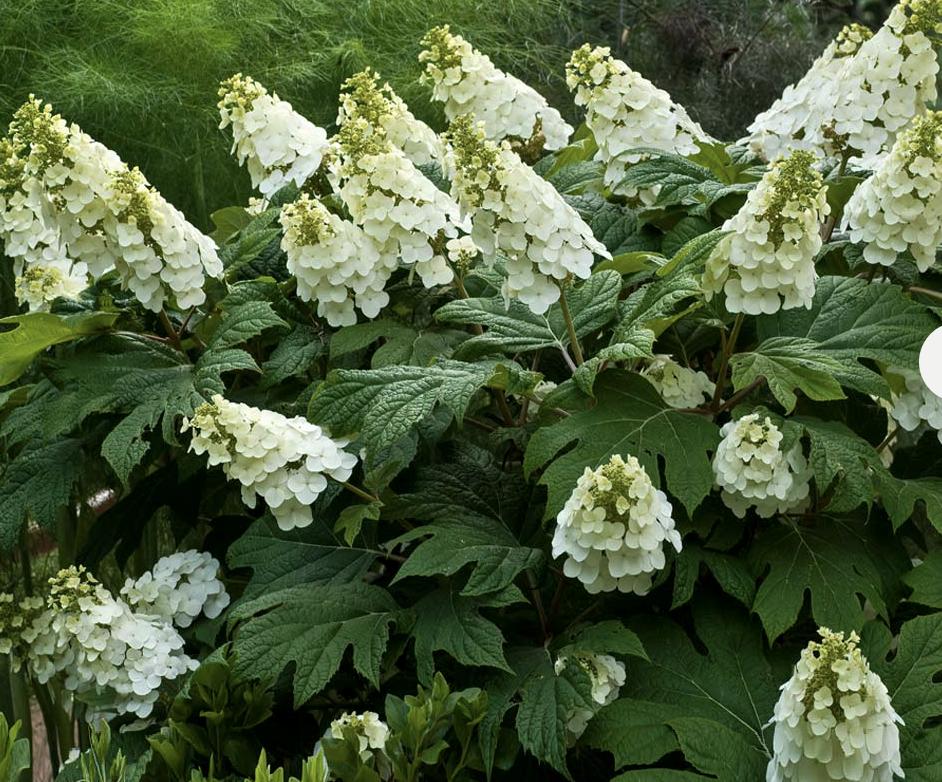
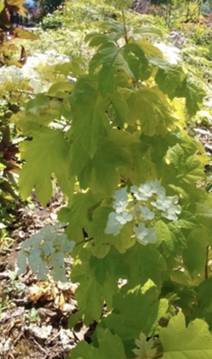
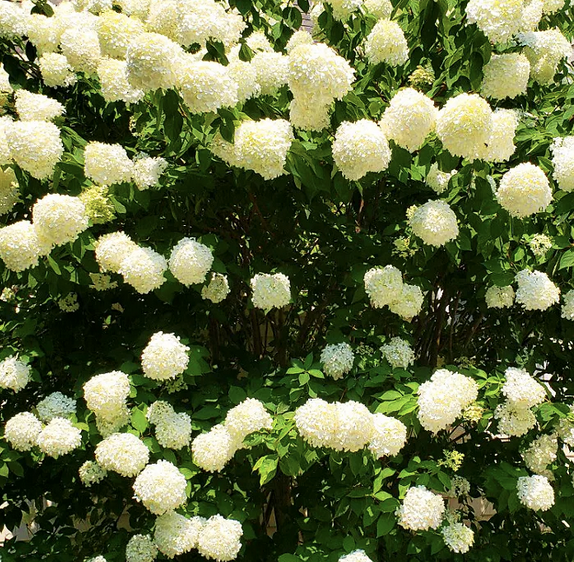
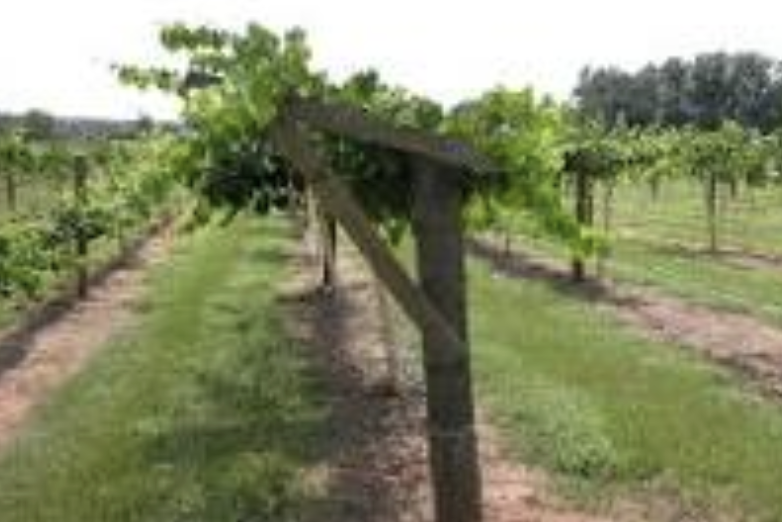
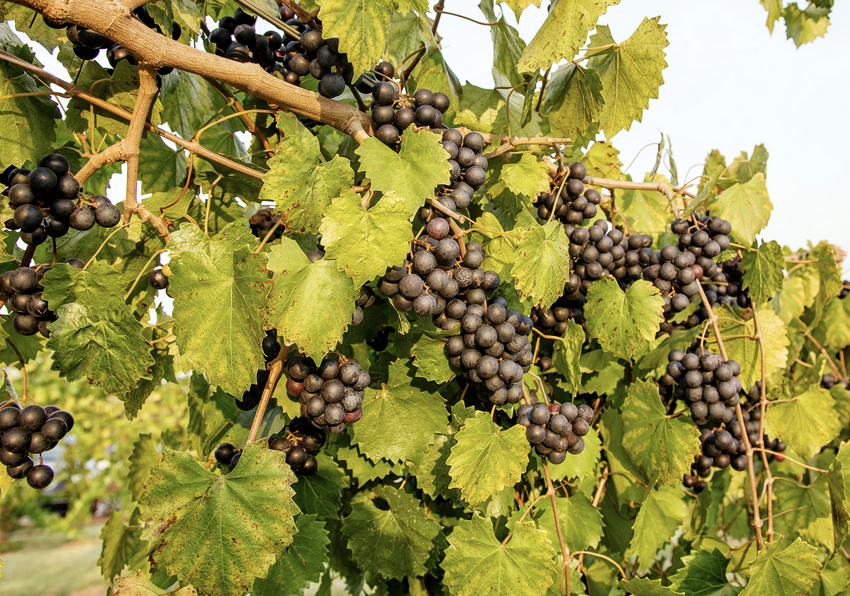
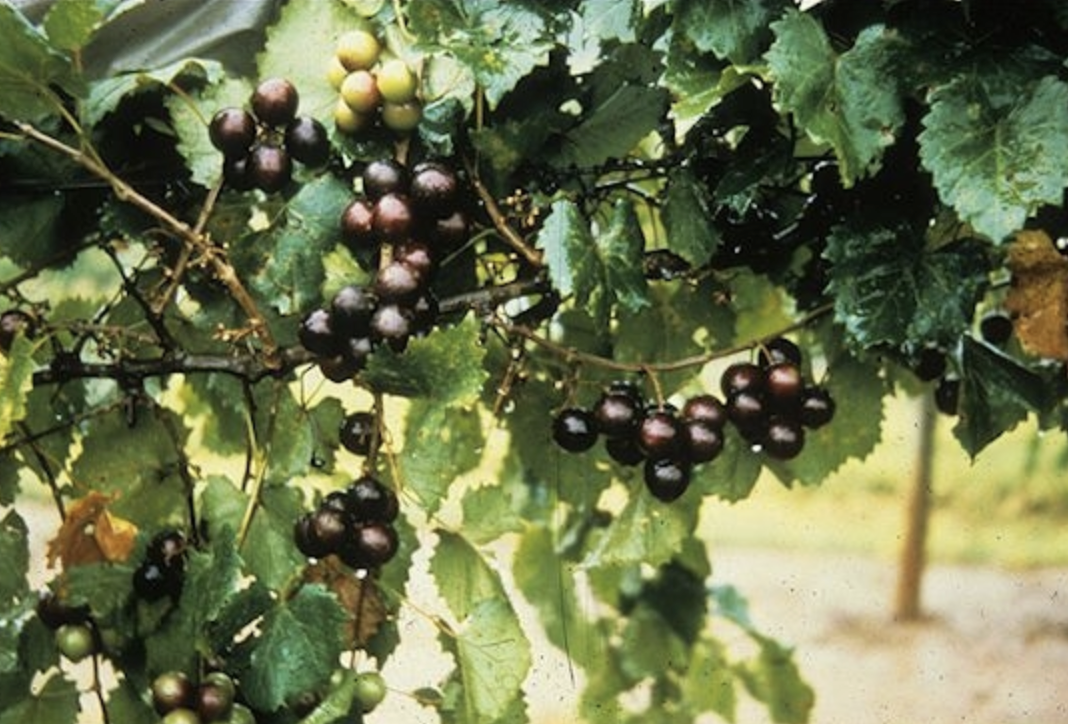
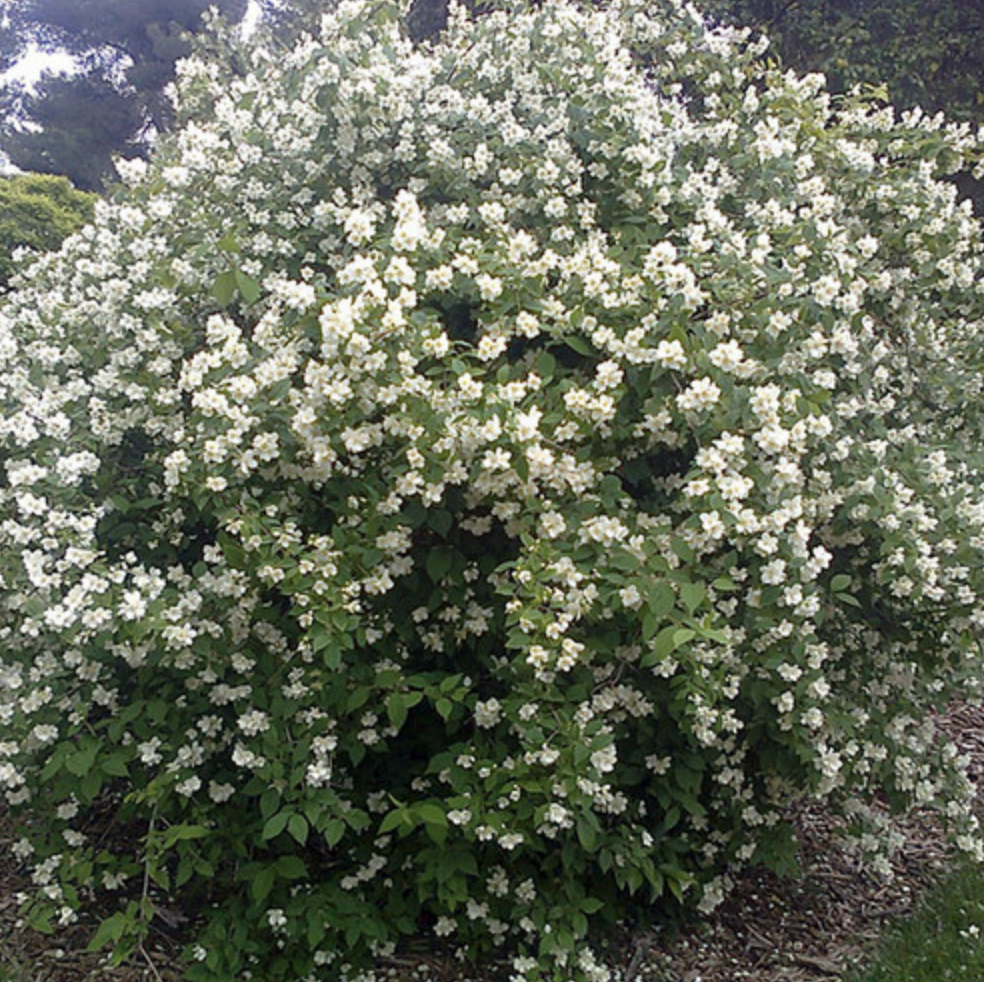
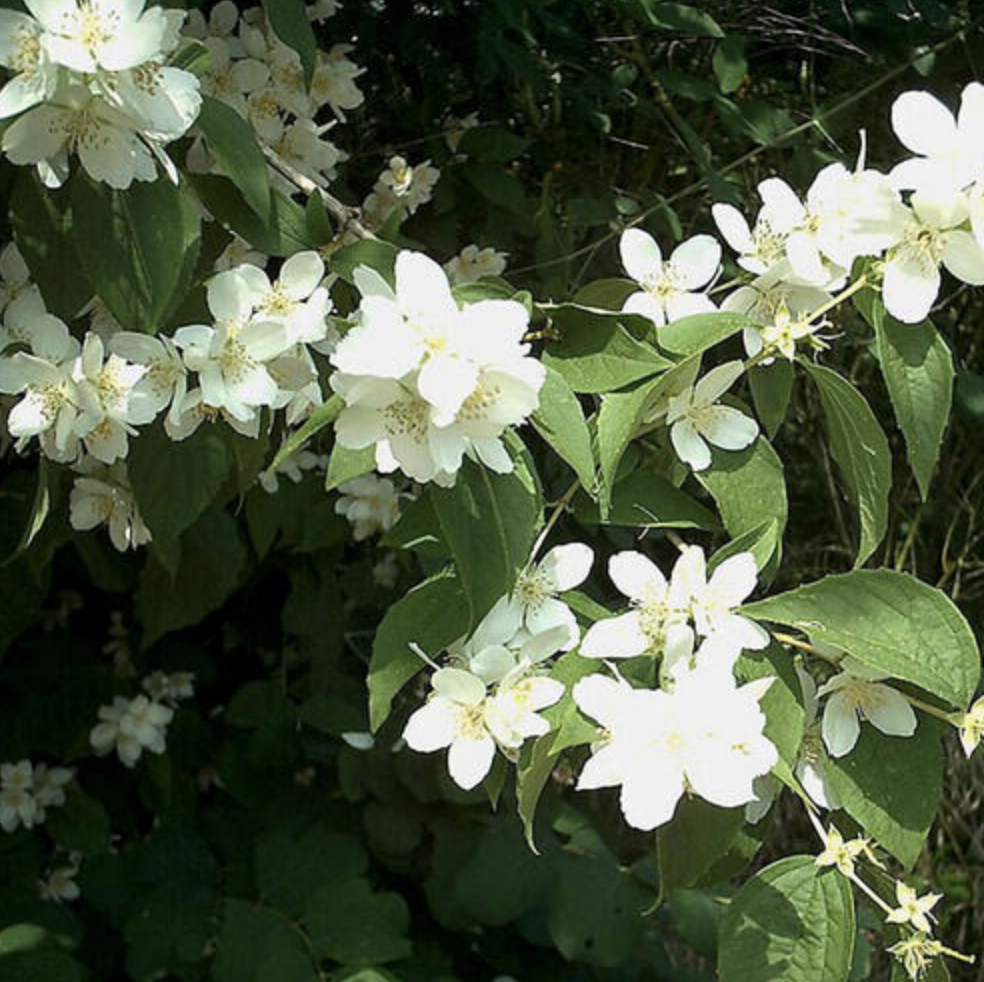
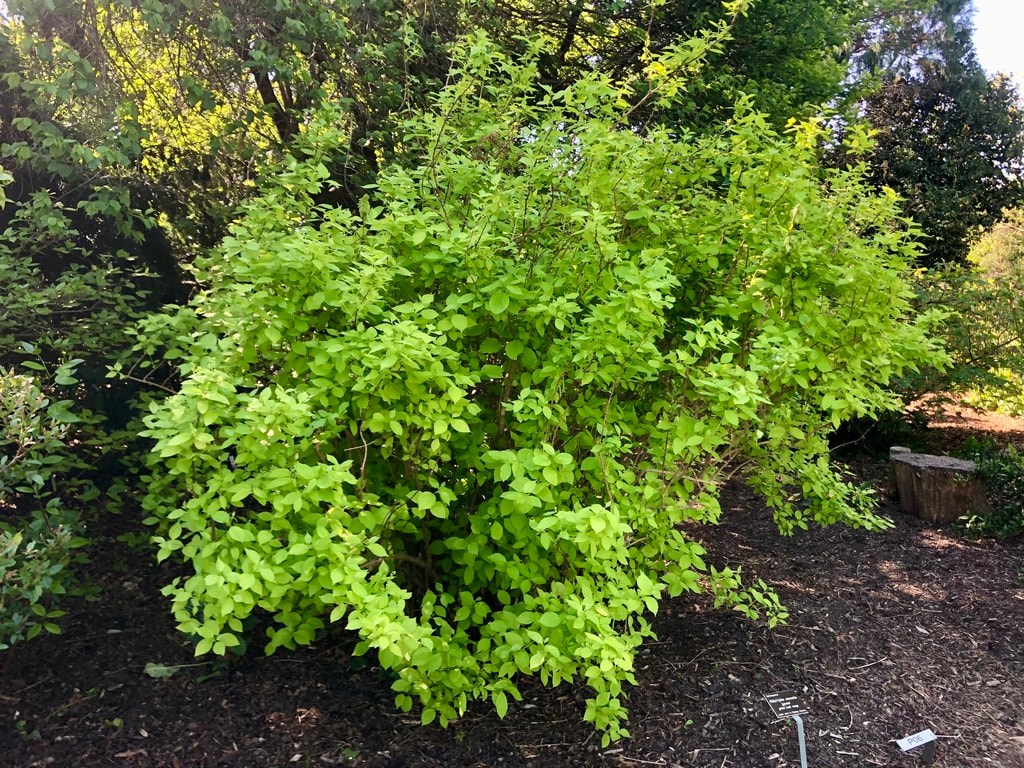
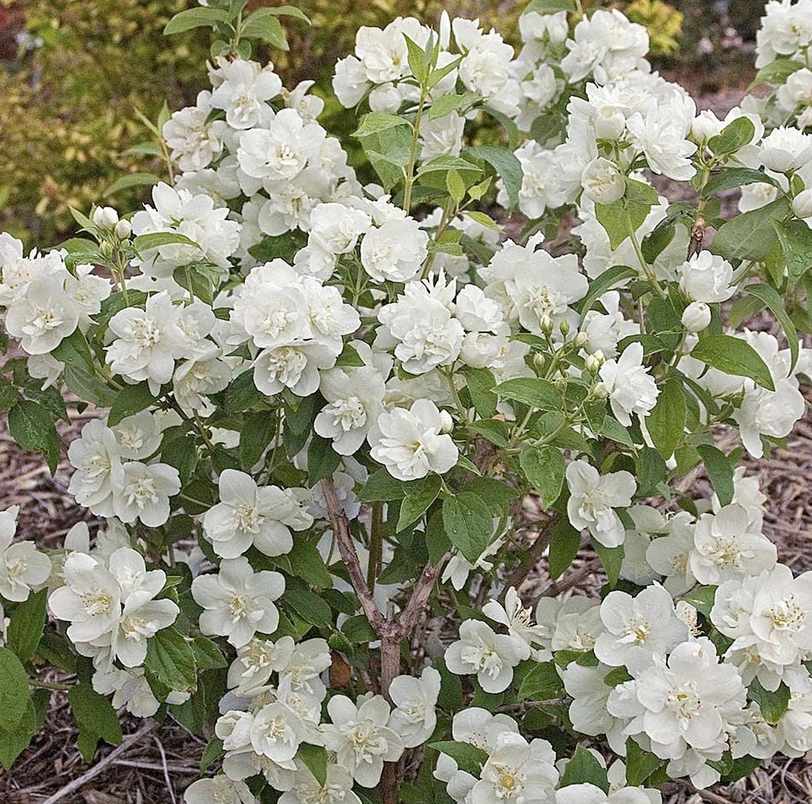
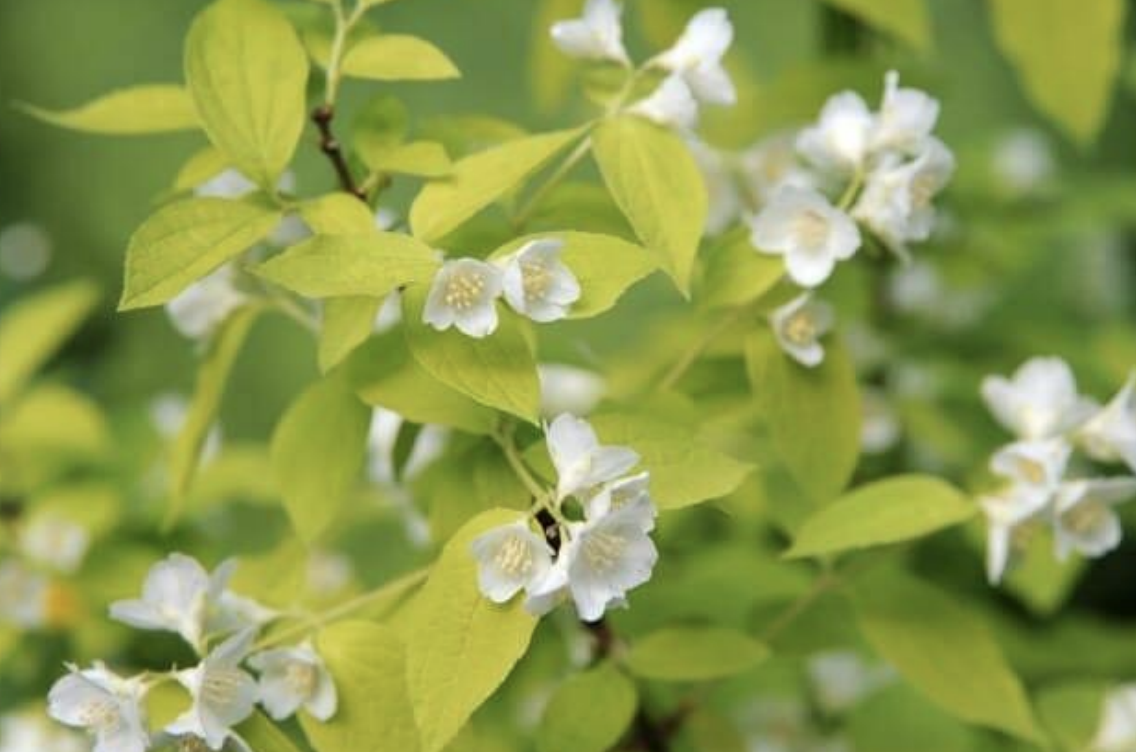
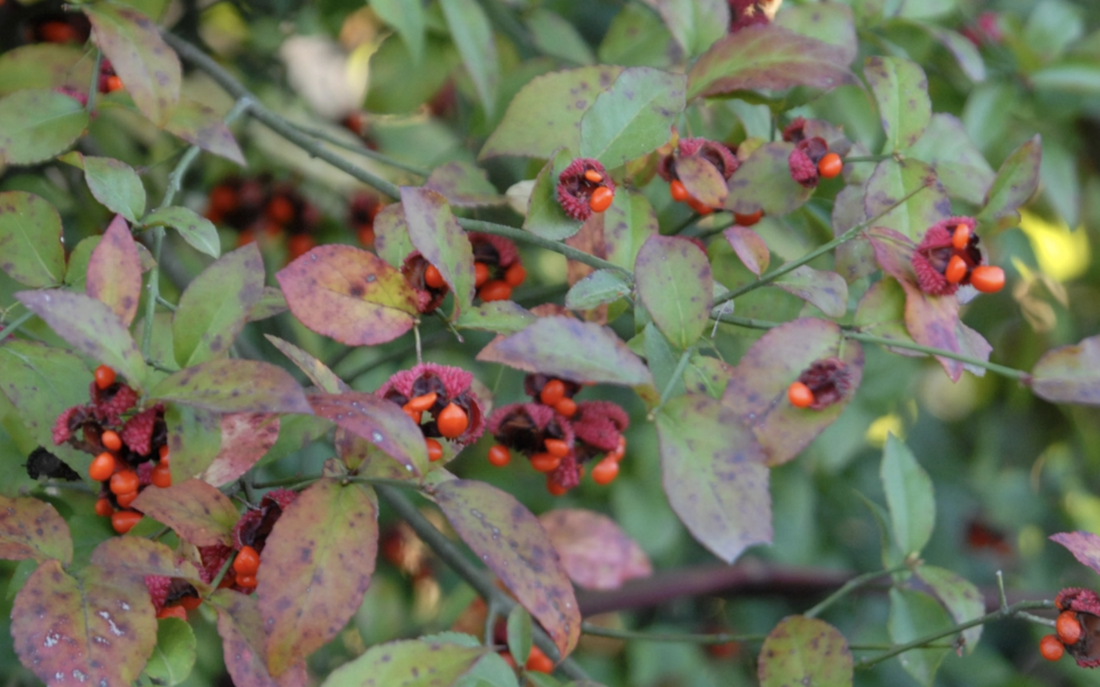
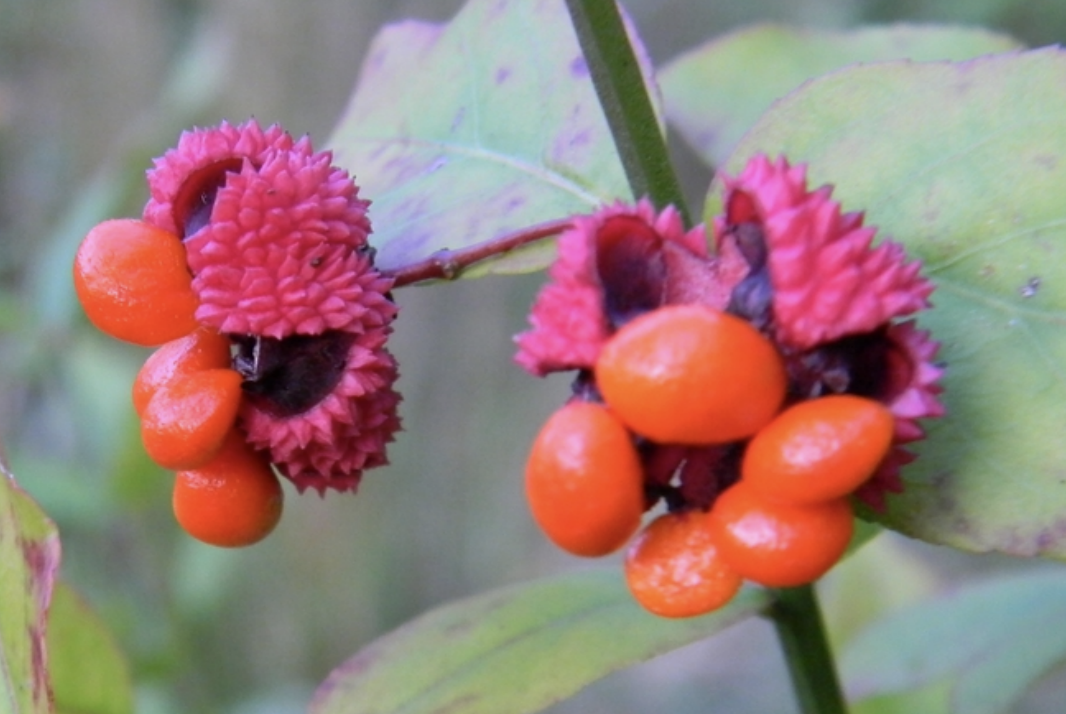
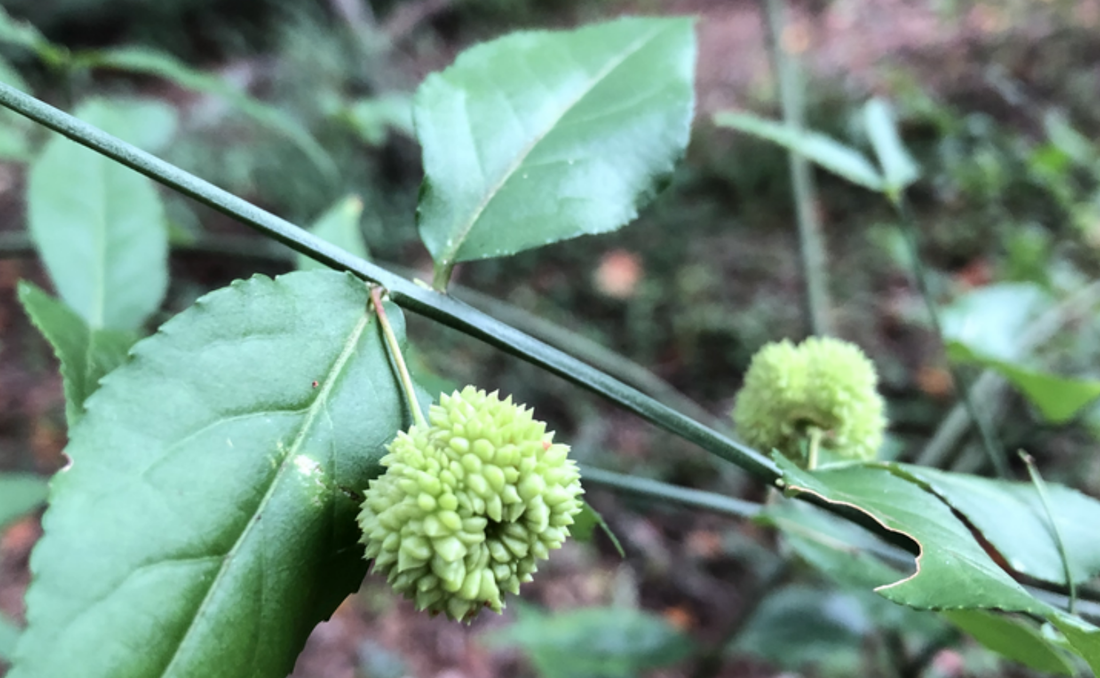
 RSS Feed
RSS Feed